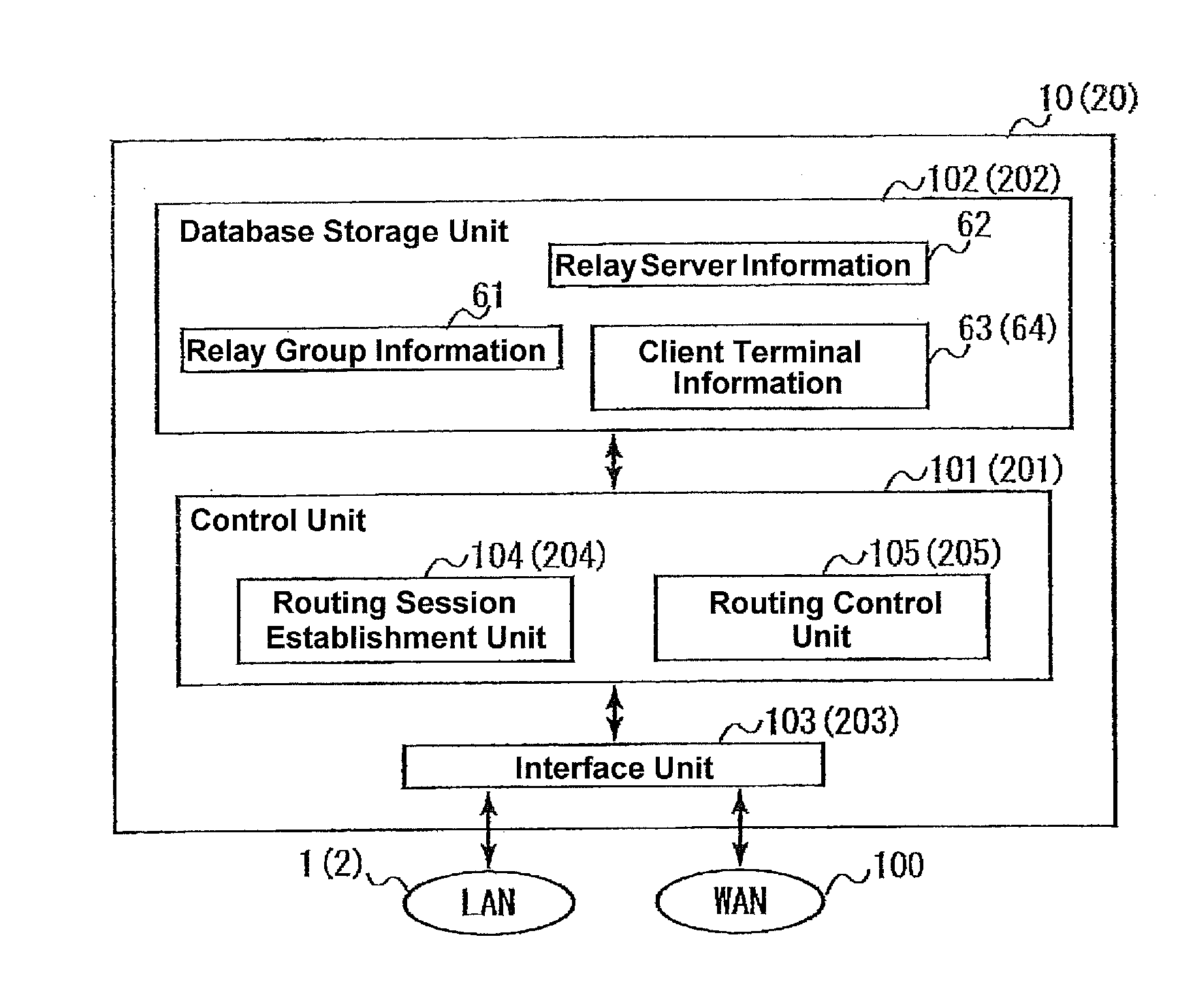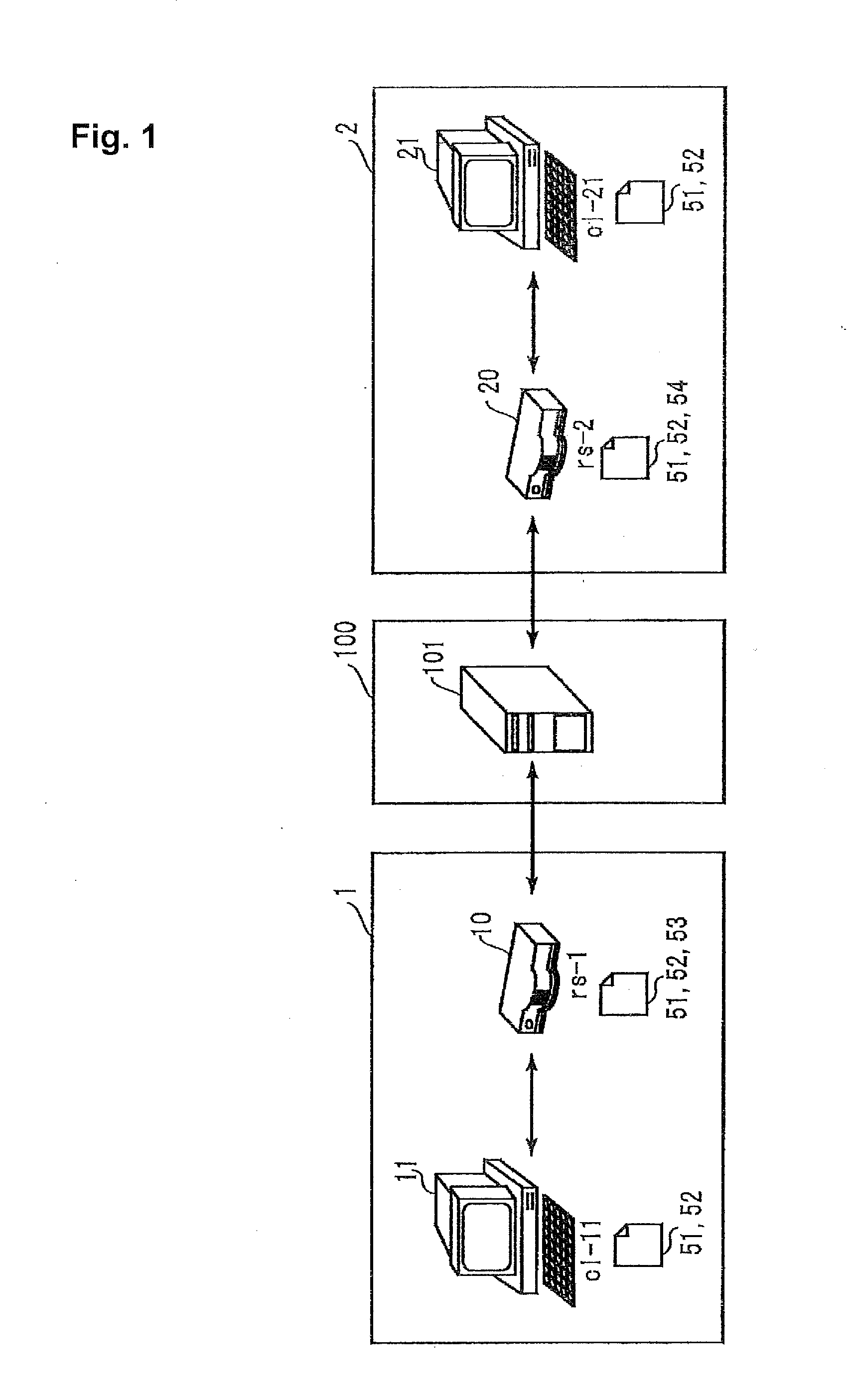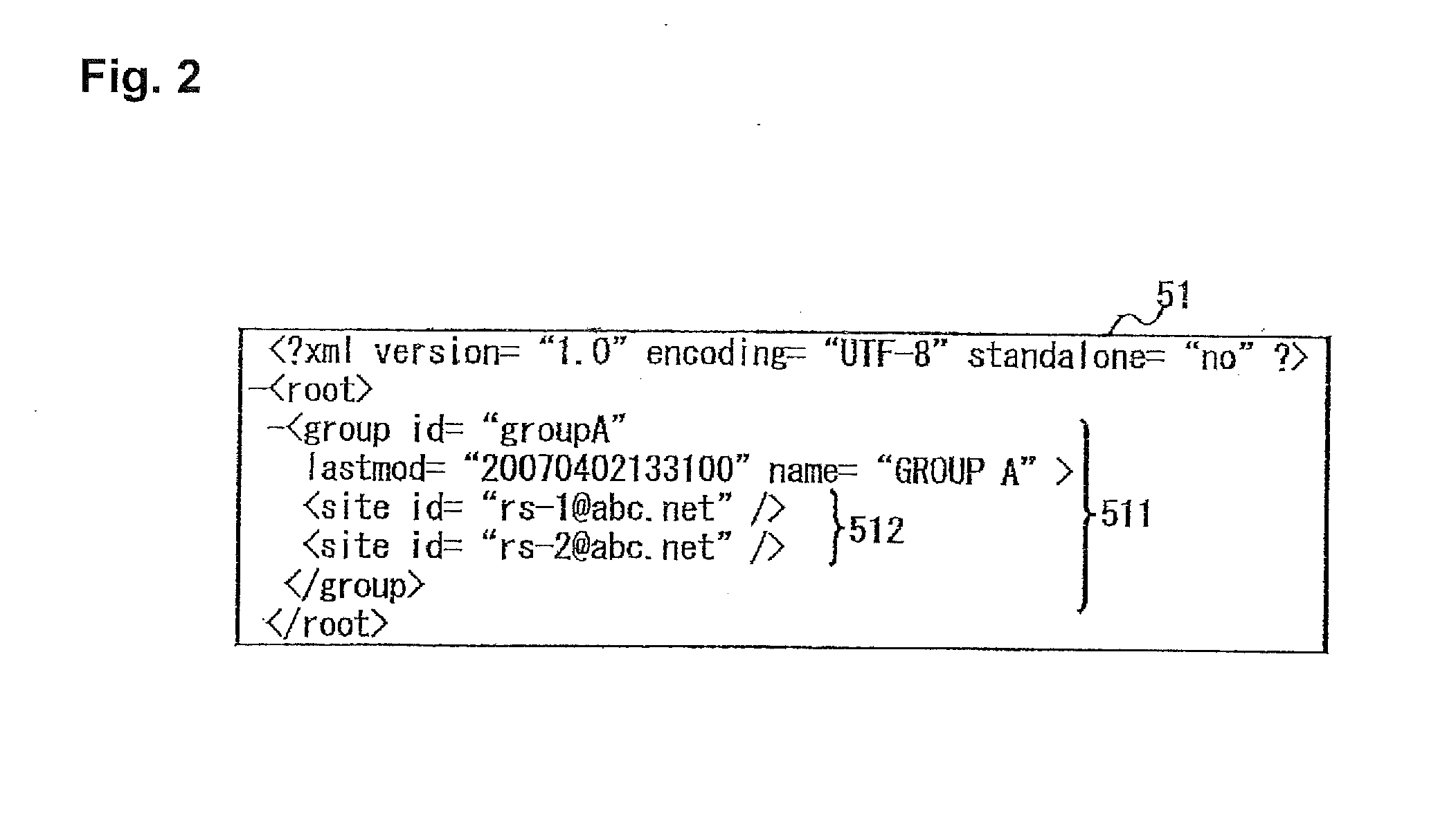Relay communication system and access management apparatus
- Summary
- Abstract
- Description
- Claims
- Application Information
AI Technical Summary
Benefits of technology
Problems solved by technology
Method used
Image
Examples
Embodiment Construction
[0057]A description will be made below of preferred embodiments of the present invention while referring to the drawings.
1. First Preferred Embodiment
[0058]A description will be made of an outline of a relay communication system according to the present preferred embodiment. FIG. 1 is a view showing a basic configuration of the relay communication system. The relay communication system shown in FIG. 1 preferably includes LANs 1 and 2 and a WAN 100. The WAN 100 is a wide area network, for example, such as the Internet.
[0059]A relay server 10 and a client terminal 11 are connected to the LAN 1. A relay server 20 and a client terminal 21 are connected to the LAN 2. A session initiation protocol (SIP) server 101 is connected to the WAN 100.
[0060]The client terminals 11 and 21 are terminals such as personal computers. The relay servers 10 and 20 relay communication between the client terminal 11 and the client terminal 21. The SIP server 101 relays communication between the relay server ...
PUM
 Login to View More
Login to View More Abstract
Description
Claims
Application Information
 Login to View More
Login to View More - R&D
- Intellectual Property
- Life Sciences
- Materials
- Tech Scout
- Unparalleled Data Quality
- Higher Quality Content
- 60% Fewer Hallucinations
Browse by: Latest US Patents, China's latest patents, Technical Efficacy Thesaurus, Application Domain, Technology Topic, Popular Technical Reports.
© 2025 PatSnap. All rights reserved.Legal|Privacy policy|Modern Slavery Act Transparency Statement|Sitemap|About US| Contact US: help@patsnap.com



